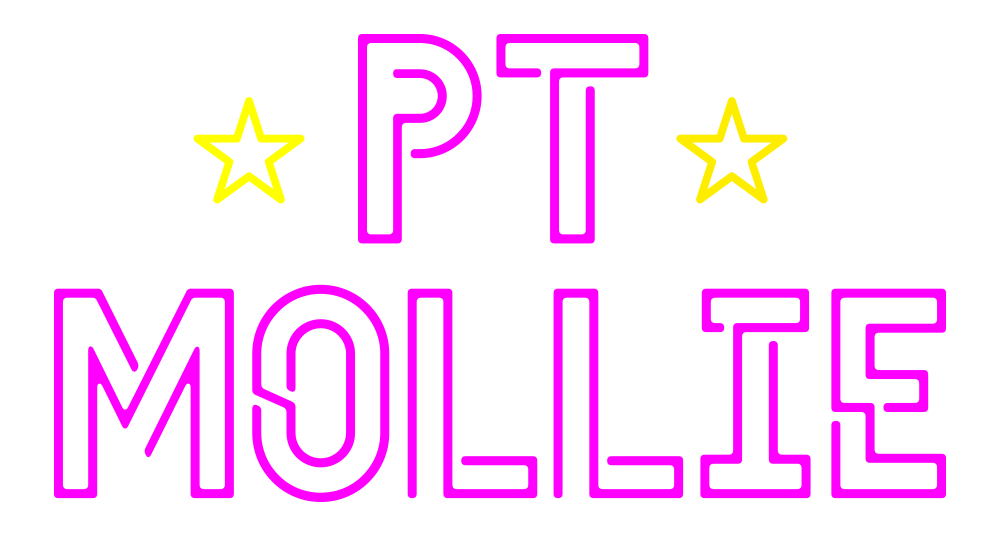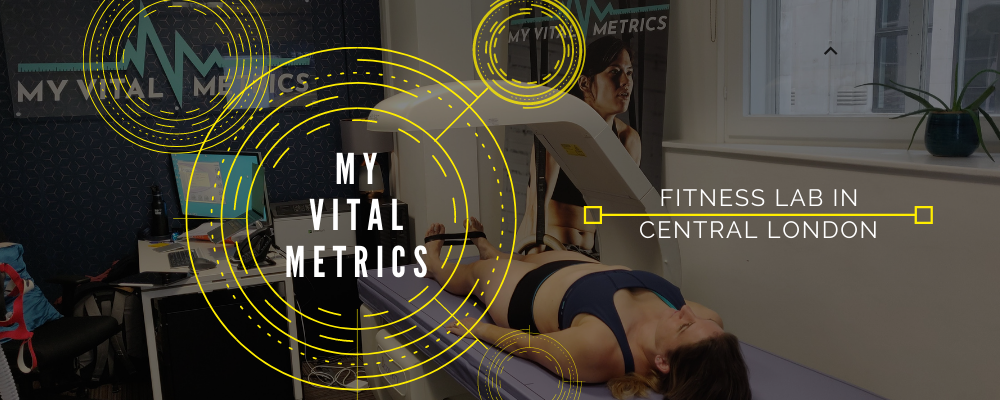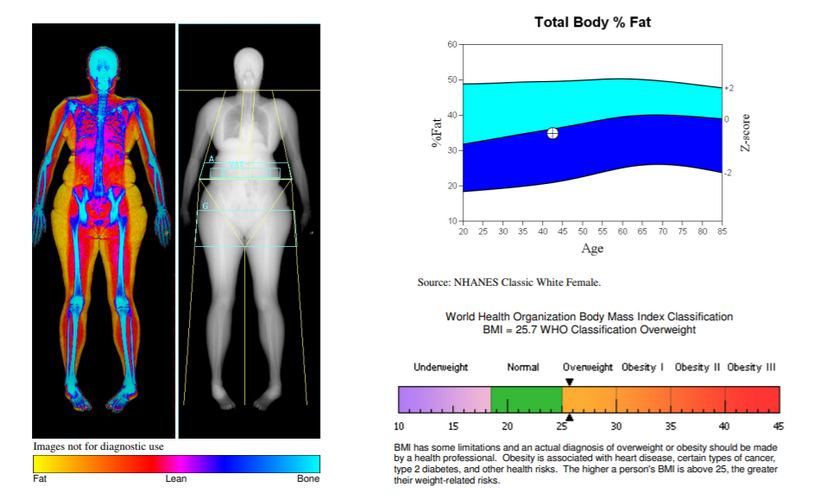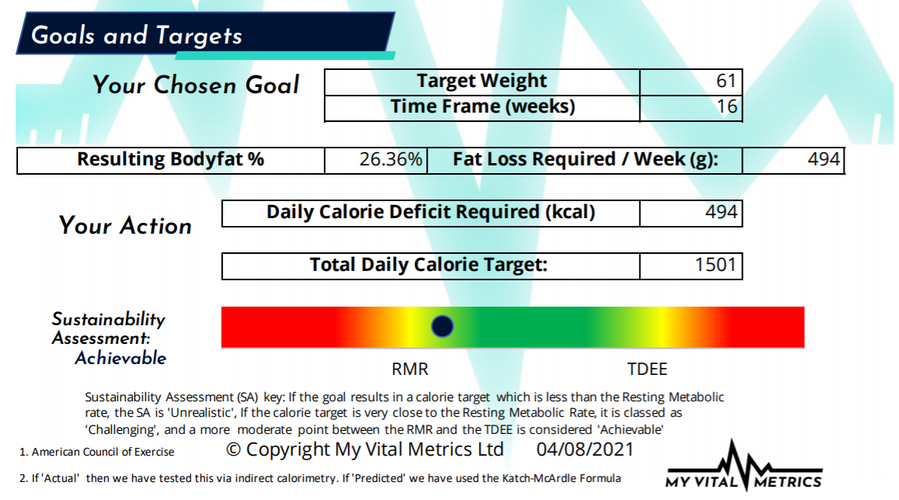With degrees in science, I am all about the data. My first session with new personal training clients always involved body measurements and baseline fitness assessments. We check in every eight weeks to ensure the program is delivering what the client wants. I also have a handheld device that can measure percent body fat. BMI is not something that I promote to my clients as a way to measure overall health. It is based purely on a calculation that does not take into account how a person is built and how strong they are. I am huge fan of my Sunnto watch which links to Strava, where I log all of my runs, rides, and swims (do you follow me?) to look at how my performance changes over time. You may also recall this previous post where I spoke about a new tool called Supersapiens that helps monitor your blood glucose levels. Every day, there seems to be a new piece of technology to help people learn more about their body and how they can optimize training and nutrition for their goals.
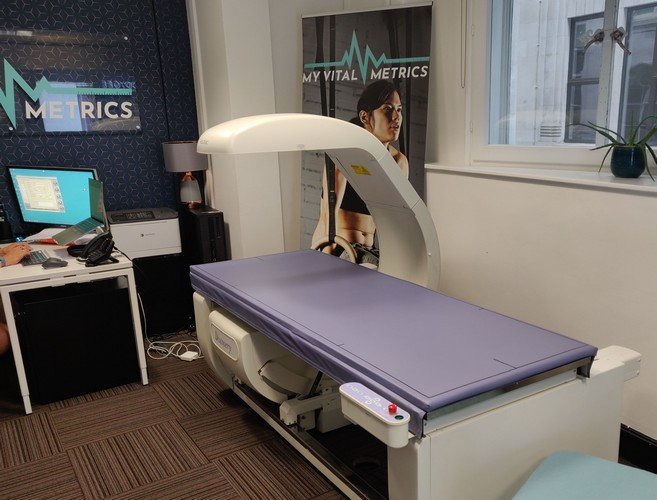
My Vital Metrics is a new London lab that offers clients the options of the following services: DEXA Scan, a 3D body map, body composition scan, resting metabolic rate, and VO2 Max testing. The owner, Owen, is a personal trainer who opened My Vital Metrics to help clients adjust their training focus based on scientific assessments with aesthetic visualizations. The data gathered during your session will help you know your Basal Metabolic Rate (BMR) which influences how many calories you need to consume to gain or loose weight. The 3D body map takes away the human error element when measuring with a tape measure (measuring can be tricky over Zoom especially if your client does not have a tape measure). VO2 Max measures your cardiovascular performance and efficiency while you are going at your maximum on a treadmill or stationary bike.
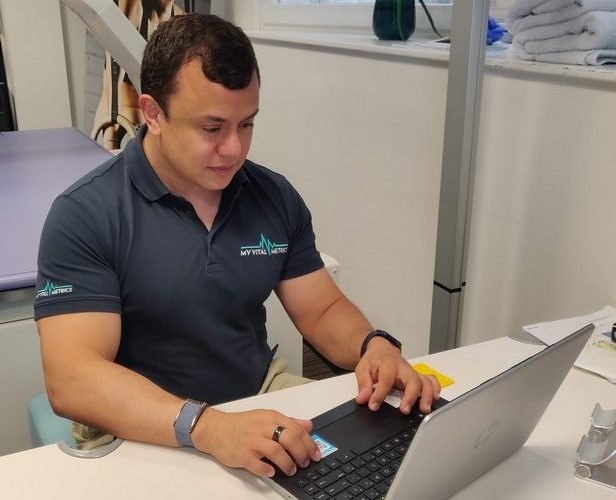
I was very lucky that Owen invited me to My Vital Metrics to try out his scans and discuss how he can help my coaching clients. He was very easy to talk to and welcomed me into his lab. After chatting for 10 minutes about life in London as ex-pats, I found myself in a sports bra and Runderwear awaiting 360 degree photographs and body scans. Given how I have been feeling about my weight over the last two years, I was a bit nervous about this. Working with a nutritionist in the past, I have many before and after photos in the same outfit but this 3D scan leaves no place to hide. Owen pointed out that when I come back for a new set of 3D measurements, my data will show me precisely how much my measurements have changed (both in measurements and also cross-sections). He offers packages and memberships for regular visits, which is extremely appealing if you have specific goals you are working towards. I feel having an appointment in the diary can be very motivating and will offer greater insight on whether my training and nutrition plan is working for me.
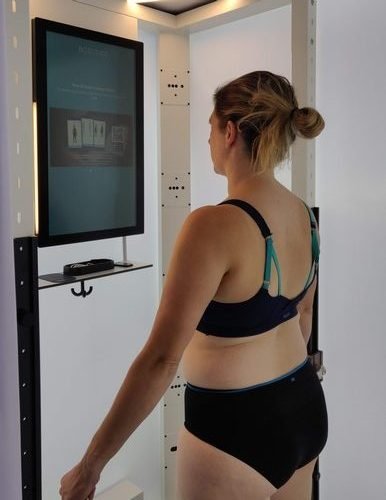
DEXA is the gold standard for body composition analysis, measuring how much body fat and/or muscle you have. For this, I simply had to lay very still as the machine passed over my body a few times. One of the reasons I wanted to get the DEXA scan was to see if visceral fat (the kind of fat that wraps around your internal organs) is the cause of my increasingly annoying incontinence issue. The results below show no visceral fat. I am not sure how I feel about this. On the one hand, it is good news because visceral fat is something that raises the risk for major health complications. On the other, I am very frustrated that I still don’t know why my incontinence has been getting worse over the last year. On a side note, the DEXA revealed just how much stronger my right arm and leg are than my left by measuring the amount of muscle (data not shown).
After Owen collected all of the data from my scans, he offered a written action plan on how I can loose weight over 16 weeks, which was our agreed upon goal. Based on my BMR (which was a little high because I had a Red Bull just before my appointment, oops!), I need to aim for 1500 calories for a daily calorie deficit of 494 calories. He set target ideal body fat percentage and an aim to increase my lean body mass. Now I just need to quit my daily cookie diet to see the results. To keep this goal an achievable balance with marathon training, I have decided to wait until after the marathon to worry too much about my diet. Looking at my Strava stats, I spend about seven to eight hours per week on training so that should give me time to meal plan and cook (and hopefully sleep).
Although the scans also identify bone density, this is not a medical diagnostic service. Owen has been able to highlight anomalies for clients to follow up with their GP, which I think is fantastic. Knowledge is power and with the NHS overwhelmed with Covid-caused backlog, these assessments will help you reach health and fitness goals with the possibility that if something major is amiss, it might get picked up. Owen is quite keen to align with personal trainers, nutritionists, and other health practitioners who would find this client data useful. If you think it would be a valuable asset to add to your services, I highly recommend getting in touch with Owen. He has offered my followers who can come to his office in Central London a 20% discount code. It will be a fantastic way to learn about your bone health, muscle mass, and body composition. Send an email to mollie@ptmollie.com to receive the code and let me know what you find out.
Thanks to My Vital Metrics for the complimentary service. All opinions are honest and my own.
